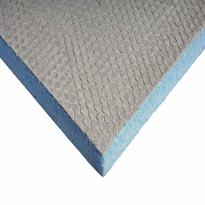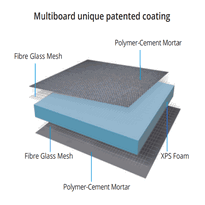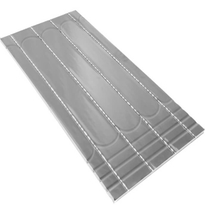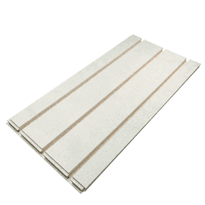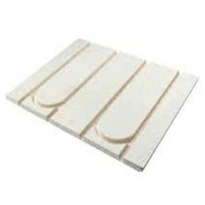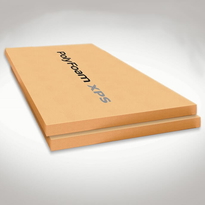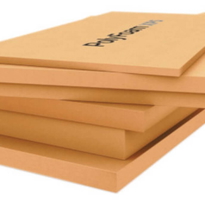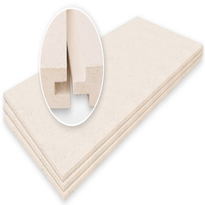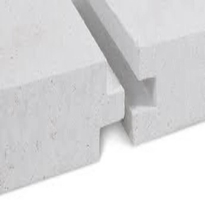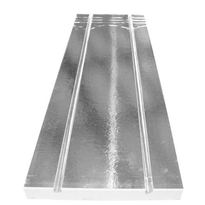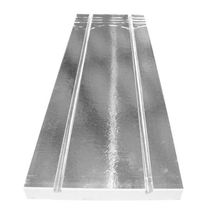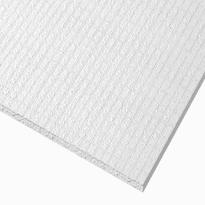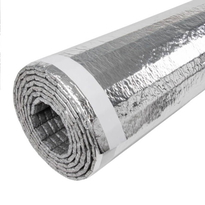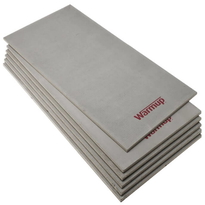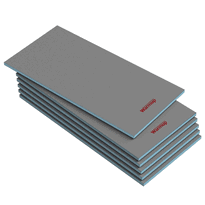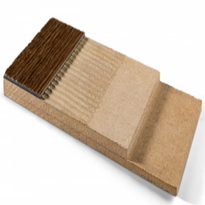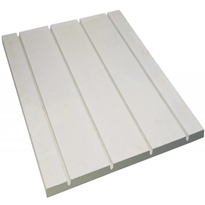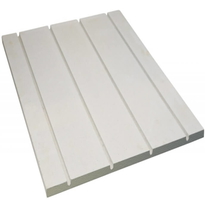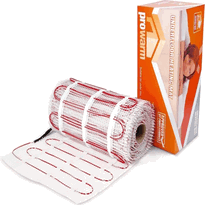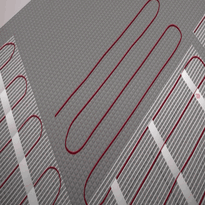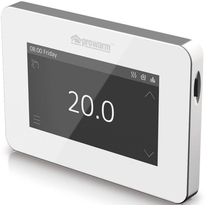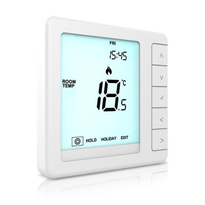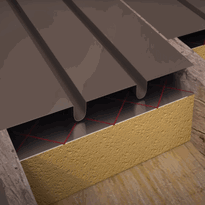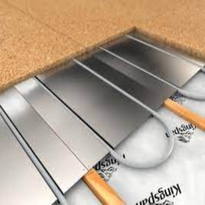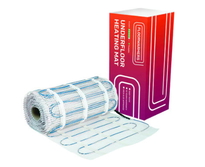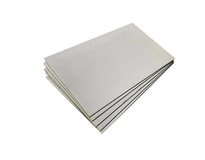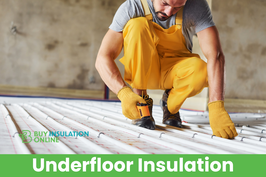Underfloor Heating Boards
Underfloor heating boards are specialised panels designed to support and insulate radiant heating systems, enhancing heat transfer efficiency and minimising energy loss across various flooring types. Typically manufactured from foam, plastic, or insulating composites, these boards ensure even heat distribution, facilitate straightforward installation, and help prevent moisture or heat leakage.
Proper placement, sealing, and adherence to manufacturer guidelines are vital to maximise system performance and longevity. Choosing the right type of board involves considering the specific requirements of your floor and heating system, ensuring compatibility and durability.
In addition to selecting appropriate boards, attention to correct installation practices is essential. This includes ensuring the boards are securely fixed, joints are properly sealed, and any gaps are filled. Such measures optimise thermal performance and prevent heat escape, resulting in an efficient and reliable underfloor heating system.
Continuing further, detailed guidance on selecting suitable underfloor heating boards and maintaining system longevity can help you achieve the best results for your property.
Types and Materials of Underfloor Heating Boards
The effectiveness of underfloor heating systems depends greatly on the choice of boards and materials used in their construction, as these components directly impact heat distribution, insulation, and overall efficiency. Different types of boards fulfil specific functions; for example, heat distribution plates, commonly made of aluminium or steel, ensure even heat spread across the floor surface, thereby improving comfort and energy efficiency. Thermally conductive materials like aluminium and steel help transfer heat more rapidly and uniformly, enhancing system performance. Insulation materials such as polystyrene, polyurethane foam, cork, and plywood are essential for minimising heat loss and enhancing system performance. The proper selection of insulation depends on its thermal conductivity, moisture resistance, and compatibility with various floor coverings, ensuring both durability and safety. Selecting the right [insulation type involves considering factors such as moisture resistance, compressive strength, and compatibility with underfloor heating components to optimize efficiency. Components like pipes, tubing, and heat mats play crucial roles in circulating warm fluids or electrical elements effectively throughout the system. Choosing suitable materials for these components is vital to maintain consistent heat output and system longevity. Overall, selecting appropriate materials based on their thermal properties and stability is key to creating an efficient, durable, and safe underfloor heating system that meets the specific requirements of any building. Proper attention to these materials ensures optimal heat distribution, reduced energy consumption, and a comfortable indoor environment.
Benefits of Using Underfloor Heating Boards for Insulation and Efficiency
Insulation boards play a crucial role in enhancing the performance of underfloor heating systems by reducing heat loss and directing warmth upwards into the living space. This focused approach ensures that the heat generated is utilised effectively, rather than dissipating into the ground or lower levels of the building. Proper installation of these boards also minimizes unnecessary energy waste, further boosting system efficiency. Reducing downward heat loss by up to 50% with high-quality insulation boards not only improves system efficiency but also leads to lower energy consumption and decreased utility bills. Better insulation ensures a higher proportion of heat remains within the room, increasing thermal comfort and reducing reliance on additional heating sources.
Furthermore, insulation helps manage moisture and condensation issues, protecting against mould growth and structural deterioration caused by excess humidity. It also provides acoustic benefits by dampening impact noise, thereby improving sound insulation within the home. High-quality insulation boards are essential for optimizing underfloor heating performance and ensuring long-term durability. By choosing the right insulation, homeowners can also enhance their moisture protection and safeguard their flooring and heating components from potential damage. Overall, incorporating underfloor heating boards with suitable insulation qualities contributes to increased system longevity, reliability, and environmental sustainability.
They support consistent and efficient heating, helping homeowners achieve comfort while reducing their carbon footprint.
Installation Procedures and Best Practices for Underfloor Heating Boards
Proper installation of underfloor heating boards requires careful planning and adherence to detailed procedures to ensure safety, efficiency, and long-term performance. The process begins with thoroughly assessing the subfloor for suitability and condition, addressing any moisture issues, and ensuring the surface is level. Conducting a thorough subfloor inspection helps prevent future problems and ensures the system’s longevity. Planning the layout of pipes or mats and selecting compatible materials are essential steps to achieve even heat distribution. Key procedures include correctly installing the manifold, maintaining consistent spacing of pipes or heating mats, protecting cables or mats during installation, and accurately positioning thermostats for optimal temperature control. Best practices involve measuring insulation integrity, performing pressure tests on hydronic systems to detect leaks, ensuring all electrical connections comply with current safety regulations, calibrating thermostats properly, and allowing adequate curing time for adhesives and screeds to prevent movement or damage. In addition, it's crucial to conduct a thorough site assessment before beginning work. Always use manufacturer-specific guidelines for materials to ensure compatibility and performance. Maintain precise spacing of heating elements to achieve uniform heat distribution throughout the space. Performing pressure tests on hydronic systems is vital for identifying leaks early, thereby avoiding future issues. Selecting insulation materials that complement the system enhances overall efficiency and durability. Electrical work must be completed in accordance with UK safety standards, and all connections should undergo inspection before commissioning.
Maintenance Tips and Common Issues With Underfloor Heating Boards
Regular maintenance of underfloor heating boards is essential for preserving system performance and preventing costly repairs. Routine procedures include conducting visual inspections to spot any visible damage to the flooring or system components. It’s important to check for leaks at the manifold and ensure there’s no moisture escaping, as this is typically the primary leak point. [Understanding that these systems use electric or water-based components helps inform maintenance methods.](https://www.radiantmadesimple.com/radiant-floor-heating-system-maintenance) Annual flushing of the system helps remove sediment buildup, maintaining efficiency. Monitoring the thermostat and controls is crucial for accurate temperature regulation; replacing batteries as needed can prevent malfunctions. Additionally, removing objects obstructing heat distribution will optimise performance and ensure even heating throughout the space. Preventative measures include adding suitable inhibitors to the fluid to prevent bacterial growth and sediment formation. Installing magnetic filters on boiler pipes can also help trap debris, protecting equipment and extending its lifespan. Conducting professional servicing on an annual basis will further safeguard your system’s efficiency and reliability. Regularly checking the system’s insulation can improve heat transfer and overall efficiency. Addressing common issues such as leaks or uneven heat output through systematic troubleshooting can help maintain system longevity and effectiveness. Regular attention and prompt repairs will ensure your underfloor heating system remains reliable and efficient for years to come.
Conclusion
In conclusion, selecting suitable underfloor heating boards requires an understanding of their various types, materials, and specific applications to optimise insulation and efficiency. Proper installation following recommended procedures is essential to ensure peak performance and longevity, whilst regular maintenance helps to prevent common issues such as uneven heating or material deterioration. Implementing these best practices enables the creation of reliable, energy-efficient heating systems that deliver consistent comfort and operational durability. Accurate knowledge and careful management are vital for maximising the benefits of underfloor heating boards within UK properties.
